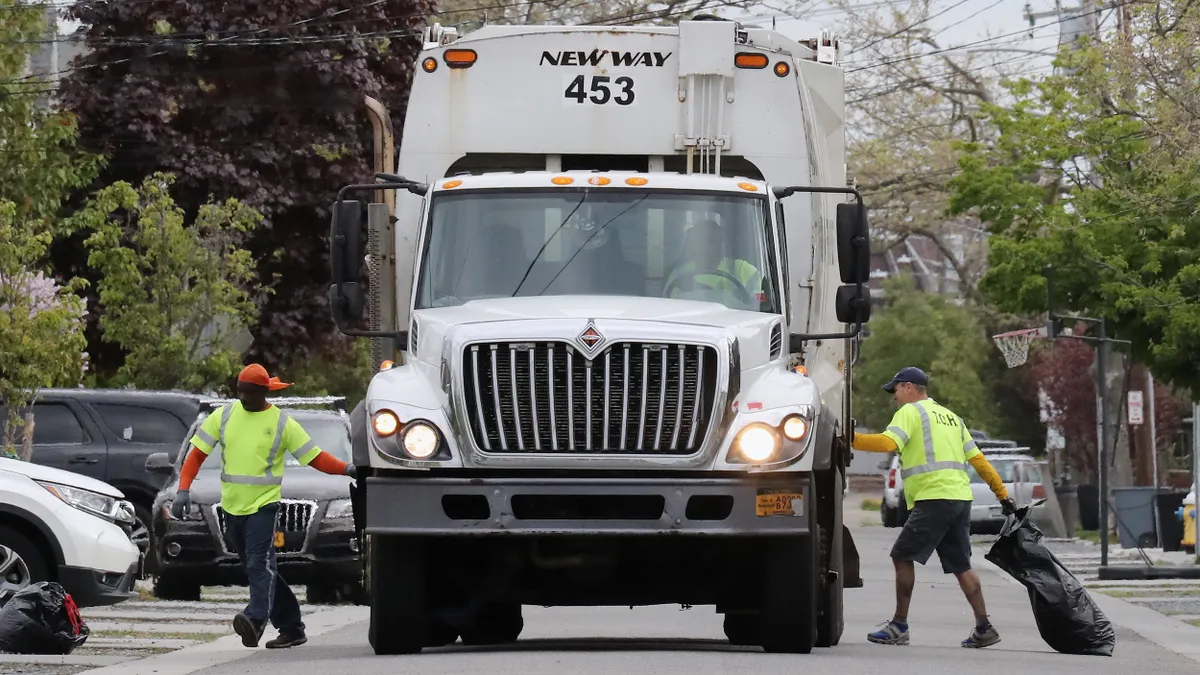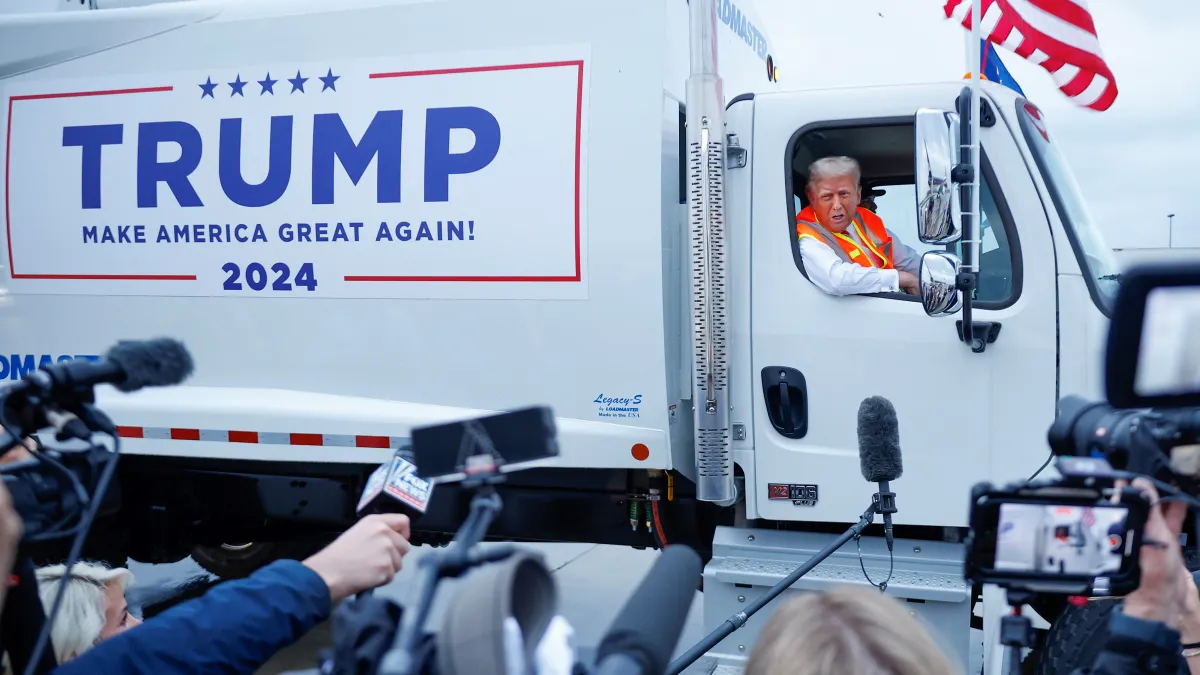Dive Brief:
- In about 60% of jobs, nearly one-third of tasks will potentially be automated, according to a report from McKinsey Global Institute that examined work likely facing automation through 2030. Anywhere between 75 million and 375 million people face having to change jobs by 2030 because of automation.
- Between 2015 and 2030, spending on technology will rise by 50% and, by that time, between 20 million and 50 million jobs will be added internationally.
- However, the threat of robots taking over jobs is not entirely imminent. The factors impacting how quickly companies can adopt robotic technologies include invention and integration, "social acceptance" and cost of deployment and labor, according to the report.
Dive Insight:
When employees face any disruption that may impact their ability to work, resistance occurs. But most companies' bottom line is money. Remedial tasks in "predictable environments" will be the first to be replaced by AI, which will therefore cut about $2.7 trillion in wages. However, only 5% of jobs face termination entirely.
The implementation of artificial intelligence (AI) and automation requires a human workforce and could potentially create 2.3 million jobs by 2020 while eliminating 1.8 million jobs. And the AI market shows no signs of slowing down due to employee resistance. Between 2016 and 2020, the market is set to increase by 487%.
AI and automation are becoming natural inclusions in digital transformation efforts. To compensate for its growing demand, companies such as Amazon are introducing AI programs to more efficiently store and manage data.
However, obtaining automated technologies is difficult as about 40% of companies made investments of about $5 million for robotic solutions. It is up to CIOs to present the case for implementing automation and its impact on a business's overall strategy.















